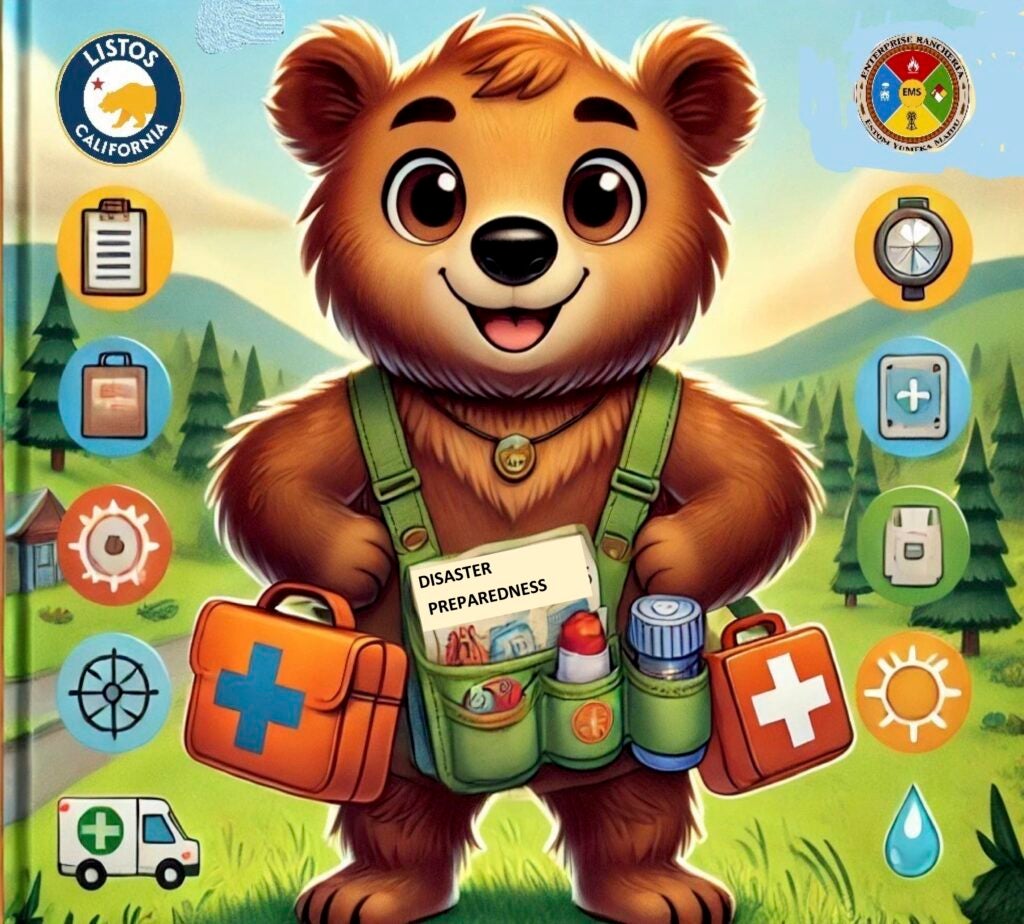Our connection to the land runs deep. It is not only our home but the foundation of our cultural identity and way of life. However, the increasing threat of natural disasters—wildfires, droughts, and floods—places our communities and sacred lands at great risk. Programs like Listos California have become essential in helping us protect what is most important to us.
Listos California recognizes the unique challenges we face as tribal nations. Many of our communities are in remote areas with limited access to emergency services, leaving us vulnerable during disasters. In the past, disaster preparedness resources often overlooked our specific needs, but Listos has taken a different approach by working directly with us. They listen to our voices, respect our traditions, and incorporate our knowledge into their preparedness strategies.
Through Listos, we have received culturally relevant training and materials, sometimes in our own languages. These efforts honor our traditions while helping us bridge the gap between the wisdom of our ancestors and modern disaster planning. The program has also inspired our youth to take an active role in preparing for emergencies, ensuring that our future generations are equipped to face these challenges.
Listos has strengthened our resilience as a people. It has improved communication within our communities and with state agencies during emergencies. It has also empowered us to take proactive steps to protect our families, elders, and sacred sites. Most importantly, it has reinforced our belief in the strength and adaptability of our tribal nations.
Disaster preparedness is about more than survival—it is about ensuring that our culture and traditions endure. With the support of programs like Listos California, we are not only preparing for disasters but also preserving the legacy of who we are for generations to come.
WHAT IS A GO-BAG?
A Go-Bag is a collection of items that may be needed during an after an emergency or disaster. Sometimes called a 72-hour kit, survival kit, emergency preparedness kit, or bug-out kit, these kits can be important to the safety of you and your household.
As you put your Go-Bags together, remember to consider these factors:
What container(s) to use – Some may require a large plastic tub, but a couple backpacks may make more sense for you.
Where to store your kit – Make sure it will be accessible when you need it.
How will you maintain your kit? – Check it regularly and have a plan to replace expired or out-of-date items.
Consider other types of kits you may need – One big kit at home is a great start but consider keeping a kit in other places you may be when an emergency occurs such as at work, in your car, or on vacation.
Tribal Go-Bags – If you live in California, you can come visit the Tribal Office Office of Emergency Services. After you fill out the forms and finish the tutorial, we can provide you with a Go-Bag for your home.
You can also download a checklist here: Listos Disaster Preparedness Plan
BRAVE BEAR PLAN

Get your children or grandchildren involved in with our Brave Bear Disaster Preparedness Plan booklet.
Download your copy here: Brave Bear Disaster Preparedness Plan
MAKE A PLAN
It’s not too late to make a plan. When an emergency happens, having a plan! Take these steps to start putting your plan together today:
Step 1 – Discuss these four questions with your family, friends, or household.
- How will I receive emergency alerts and warnings?
- What is my shelter plan?
- What is my evacuation plan?
- What is my family/household communication plan?
Step 2 – Consider specific needs in your household.
Think about what needs you or members of your household might need in an emergency. are just some of the factors you may need to consider when planning for an emergency. Ask yourself if you’re plan might be affected by any of these needs:
- Age. Mobility. Languages spoken. Pets and animals. Dietary and medical need. Cultural and religious needs. Access and functional needs.
- Responsibility for assisting others.
- Households with school-aged children.
Step 3 – Record your plan
Whether you write it down, type it out, or record it, having a record of your plan will help you recall what to do in an emergency.
Step 4 – Practice Your Plan
Test your plan so you can identify any weaknesses and make any changes you may need to before an emergency. Test it periodically in case any changes affect your plan, and don’t forget that different times of the day and year may impact parts of your plan.
BE INFORMED
In an emergency, accurate information is critical to your safety. Make sure you know the facts ahead of time, where you can find correct information, and where you can turn to in order to receive timely alerts and warnings.
Rumor-control and misinformation can also be a challenge to filter out during and after a disaster. Be sure to verify information you’re unsure of using trusted sources such as your county Office of Emergency Services.
ALERTS & WARNINGS
Having multiple ways to receive alerts and warnings is important. The Emergency Alert System and Wireless Emergency Alerts are important, but some of the most locally-specific information can come from opt-in mass notification services from your local Office of Emergency Services.
